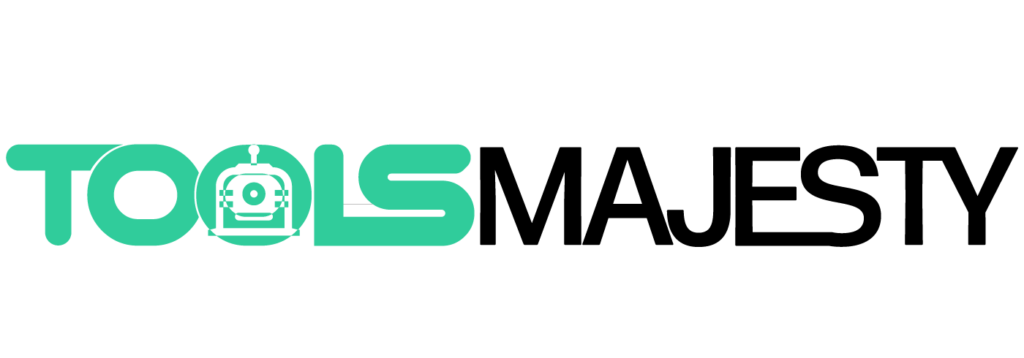- Blog
Check Code for Plagiarism: Essential Tools & Best Practices
Posted by Author – Aug 10, 2024
In today’s digital age, ensuring the originality of code is as important as writing the code itself. With the ease of access to online resources and code repositories, the risk of plagiarism in coding has significantly increased. Whether you’re a student, developer, or educator, it’s crucial to understand how to check code for plagiarism to maintain integrity and avoid serious consequences. In this comprehensive guide, we’ll explore the best tools and practices for checking code for plagiarism, the importance of doing so, and how educational institutions handle code plagiarism.
Why Checking Code for Plagiarism is Crucial
Code plagiarism involves copying or using someone else’s code without proper attribution. This practice is not only unethical but can also lead to severe academic and professional consequences. For students, it may result in disciplinary action or even expulsion. For professionals, it can damage reputations, lead to legal issues, and harm career prospects. By checking code for plagiarism, you can ensure that your work is original, protect intellectual property, and uphold ethical standards.
Top Tools for Checking Code Plagiarism
Turnitin Code Similarity
- Overview: Turnitin, widely used for text plagiarism, also offers code similarity checking. It’s a powerful tool that compares submitted code against a vast database of academic papers, code repositories, and previously submitted assignments.
- Key Features:
- Extensive database comparison
- Detailed similarity reports
- Integration with learning management systems (LMS)
- Benefits: Turnitin is trusted by educational institutions globally, making it a reliable tool for detecting code plagiarism.
MOSS (Measure of Software Similarity)
- Overview: MOSS is a tool developed by Stanford University specifically for detecting plagiarism in code. It compares code submissions and identifies similarities, making it ideal for educators and institutions.
- Key Features:
- Supports multiple programming languages
- Effective for large-scale comparisons
- Generates easy-to-interpret reports
- Benefits: MOSS is highly regarded in academic circles for its accuracy in detecting code plagiarism, especially in programming assignments.
Codequiry
- Overview: Codequiry is an online platform designed to check code for plagiarism by comparing it against a global database of code. It’s suitable for both individual developers and educational institutions.
- Key Features:
- Multi-language support
- Global codebase comparison
- Comprehensive similarity reports
- Benefits: Codequiry provides a robust solution for developers and educators, offering detailed insights into code similarity and potential plagiarism.
JPlag
- Overview: JPlag is another tool developed for detecting similarities in code. It is particularly useful for programming courses where assignments are checked for plagiarism.
- Key Features:
- Supports various programming languages
- Graphical representation of similarities
- Open-source and widely accessible
- Benefits: JPlag’s visual representation of code similarities makes it easy to identify plagiarized sections, making it a popular choice among educators.
GitHub Search
- Overview: GitHub’s search functionality can also be used to detect plagiarism by searching for snippets of code across public repositories. While not a dedicated plagiarism checker, it can be a valuable tool for developers.
- Key Features:
- Search across millions of repositories
- Identify identical or similar code snippets
- Useful for open-source code comparisons
- Benefits: GitHub Search is particularly useful for developers who want to ensure their code hasn’t been copied or misused in other public projects.
Best Practices for Avoiding Code Plagiarism
Understand the Code: Before reusing any code, make sure you understand it fully. This not only helps you learn but also ensures you can modify and improve the code, making it your own.
Give Proper Attribution: If you use someone else’s code, always give proper credit. Mention the original author, provide a link to the source, and specify what modifications you made.
Write Original Code: Whenever possible, write your own code. This helps you avoid unintentional plagiarism and improves your programming skills.
Use Comments Wisely: Document your code with comments, explaining what each part does. This not only helps others understand your code but also distinguishes your work from others.
Use Plagiarism Detection Tools: Regularly check your code for plagiarism using the tools mentioned above. This will help you catch any unintentional similarities before submitting or sharing your code.
Conclusion
Ensuring the originality of your code is a crucial aspect of maintaining academic and professional integrity. By using the right tools and following best practices, you can effectively check code for plagiarism, protect intellectual property, and uphold ethical standards in your work. Whether you’re a student, developer, or educator, staying vigilant about code plagiarism is essential in today’s interconnected world. Use the tools and tips mentioned in this guide to keep your code plagiarism-free and your reputation intact.
FAQ's
To check plagiarism in Microsoft Word, you can use the built-in plagiarism checker available in Microsoft 365. Simply open your document, go to the "Review" tab, and click on "Check for Similarities." This tool compares your content against a vast database of academic sources and online publications. Alternatively, you can use third-party tools like Turnitin or Grammarly to check for plagiarism by copying and pasting your text into these platforms.
Colleges and universities commonly use Turnitin as their primary plagiarism checker. Turnitin is integrated into many Learning Management Systems (LMS) and offers a comprehensive plagiarism detection solution by comparing student submissions against a vast database of academic papers, websites, and previously submitted assignments. Other tools used by educational institutions include SafeAssign, Unicheck, and MOSS for code plagiarism detection.
